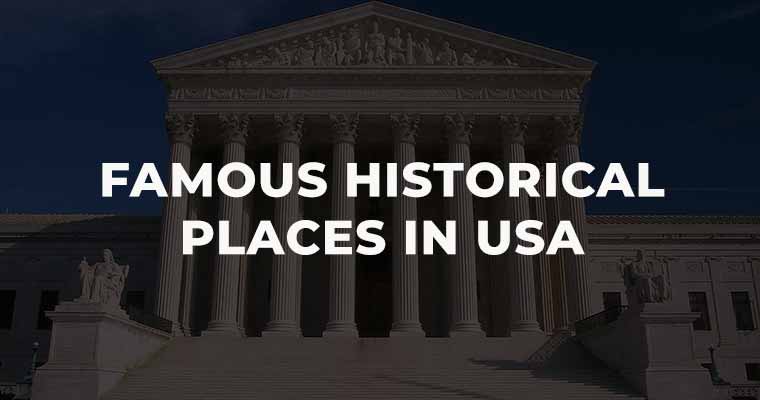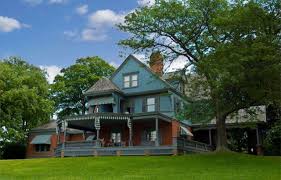Famous historical places in USA
Twain House
Location: Hartford
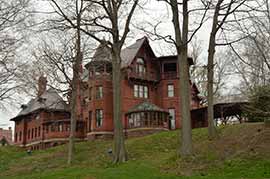
The people who visits Mark Twain’s house can sense the author’s presence, Burns says. “You walk into the room and you can almost see the cigar smoke. You feel that if you just moved fast enough you could see the white haired man.
Yosemite
Location: California

The National park, which Burns considers “the most beautiful place on Earth,” played a key role in our nation’s attitude toward conservation. The act signed by Abraham Lincoln that first preserved the area.
French Quarter
Location: New Orleans
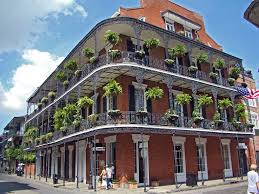
Visit to see New Orleans’ architecture, its wrought iron fences, and the Mississippi River “It’s not about gaudy Mardi Gras. It’s the Grand Canyon of American history, a station of the cross if you’re American and want to know its history. Visitors can feel cultures clashing, meeting and merging in this focal point of American history.”
The Brooklyn Bridge
Location: New York
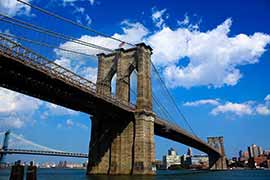
It’s remarkable enough that John Roebling’s span over the East River is still in constant use more than 130 years after it opened, but it also shows the energy, optimism and creativity of the age. “It’s one of the most gorgeous pieces of art and architecture of the 19th century,” Burns says. “In an age where most buildings were three or four stories, to have a place where seagulls flew beneath you was a thrill.”
Springwood
Location: Hyde Park, N.Y.
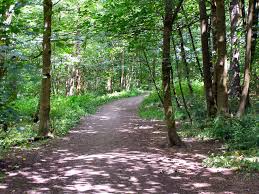
Franklin D. Roosevelt, who Burns considers the 20th century’s most important president, you have to visit his home, located along a scenic stretch of the Hudson River. “It’s where he spent all his summers. It’s where he came to recuperate. It’s where his family had the fondest memories of being together.”
Gettysburg
Location: Pa.
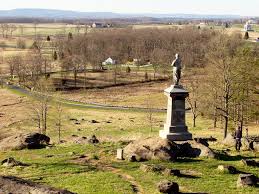
America was shaken to its roots at what Burns calls “the greatest battle ever fought on American soil,” when more than 50,000 soldiers were killed, wounded, captured or went missing. “It was so traumatic for the nation that four months later, Lincoln would go on to give the most famous speech in U.S. history, doubling down on the Declaration of Independence.” The museum and visitors centre offers a comprehensive preview, including a film narrated by Morgan Freeman. After touring the battlefield, Burns suggests heading to the national cemetery at sundown.
Independence Hall
Location: Philadelphia
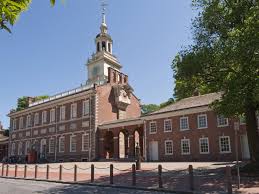
It’s hard to overstate the importance of this building, where colonial leaders met and wrote the Declaration of Independence and the Constitution. “It’s the place where the United States was born, says. “Try to go on a hot summer day and understand that pre-air conditioning, our founding fathers gathered and tried to figure out how to invent a government.”
U.S. Capitol and the National Mall
Location: Washington
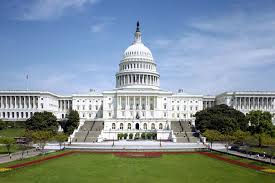
The centre of U.S. political power provides a nearly palpable sense of the country’s storied past and its future. Walking the Mall takes visitors by world-renowned museums of art and history. “It’s one of the greatest places on Earth, and the heart of it is the U.S. Capitol, perhaps the most recognized building on Earth,” Burns says.
Saga more Hill
Location: Oyster Bay, N.Y.
Theodore Roosevelt experienced some of the best and worst moments of his life at his Long Island home. Says “It’s a magnificent palace, the trophy case of his life, with the animals and the big game he shot.” It’s an entirely different personality from FDR’s home.
Lexington and Concord
Location: Mass
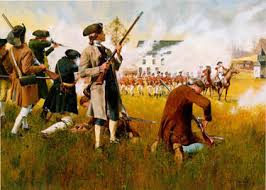
To comprehend the American Revolution, visit these Boston-area towns where it started. “You’ll understand the beginning of the guerrilla warfare that took place. Says, “The notion that a citizenry feeling the oppression of a country across the ocean would rise up and against the most powerful government on Earth.” Walk the battlefields at Lexington Green and North Bridge and other sites, and try to imagine Colonial and British soldiers engaged in a running firelight. Throughout the day at Lexington Green and North Bridge and other sites.
